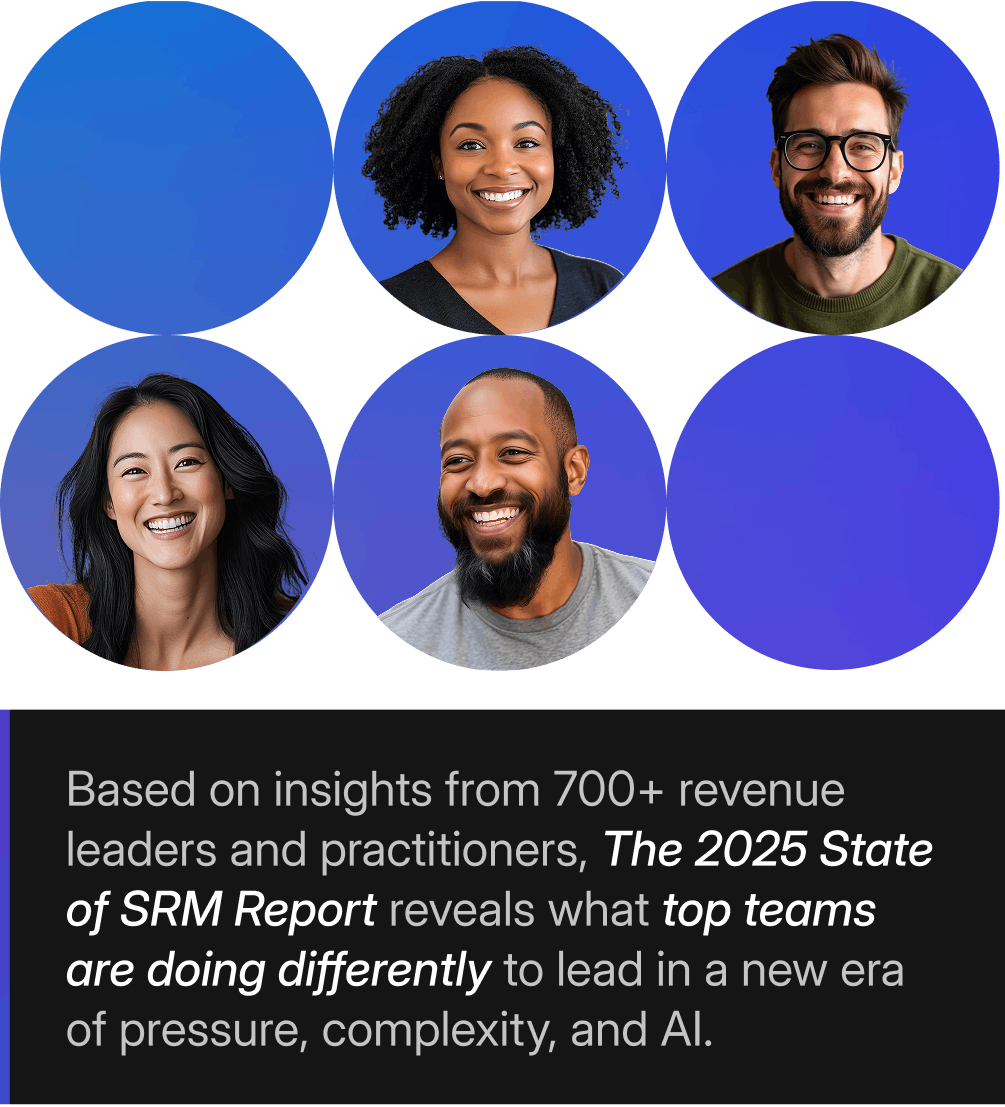A peek at what's inside the report
The new rules of buying
More than 75% say that buyers have tighter budgets, expect faster response times, and require a higher degree of personalization — raising the stakes for accuracy, customization, and speed.
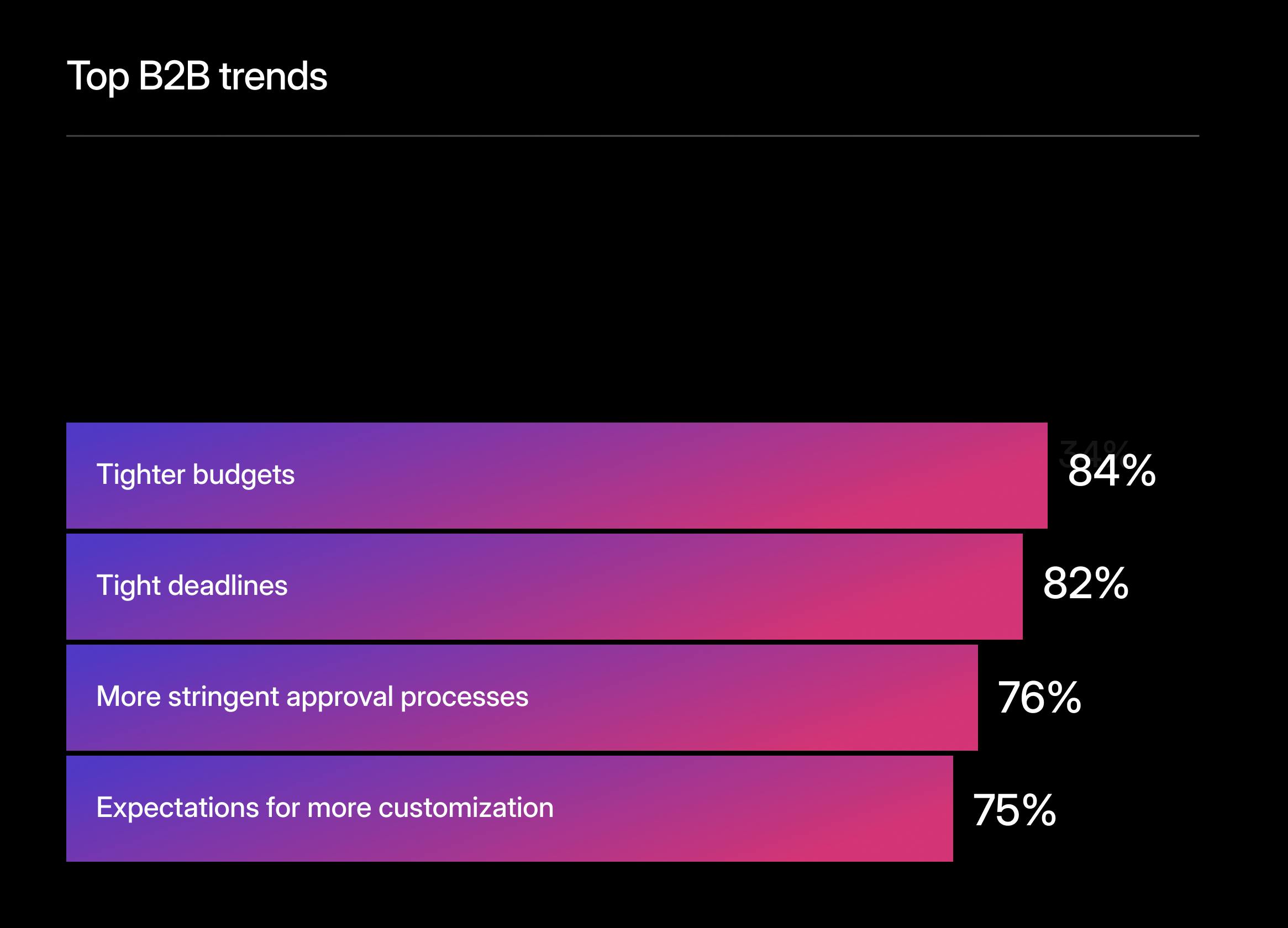
AI isn’t replacing people — it’s elevating them
High-growth companies aren’t just betting on tech. They’re doubling down on their teams and are more than twice as likely to be scaling headcount alongside AI to move faster and win more.
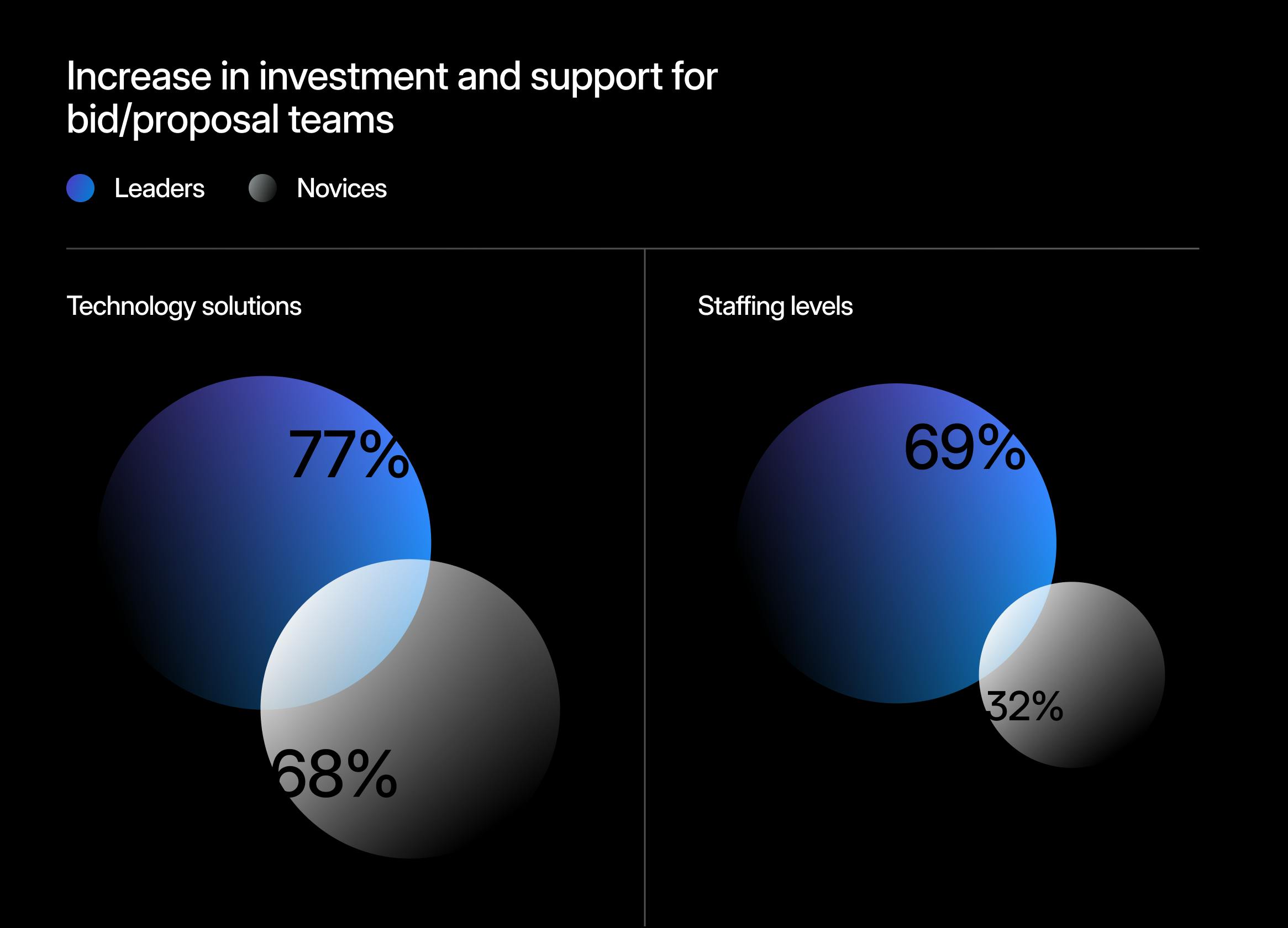
The missed opportunity in knowledge sharing
88% of high-growth teams say they have some level of knowledge centralized, but only 29% of all teams report effectively democratizing knowledge through clear, self-service processes. Without defined ownership and on-demand access, organizations lose time, consistency, and deals.
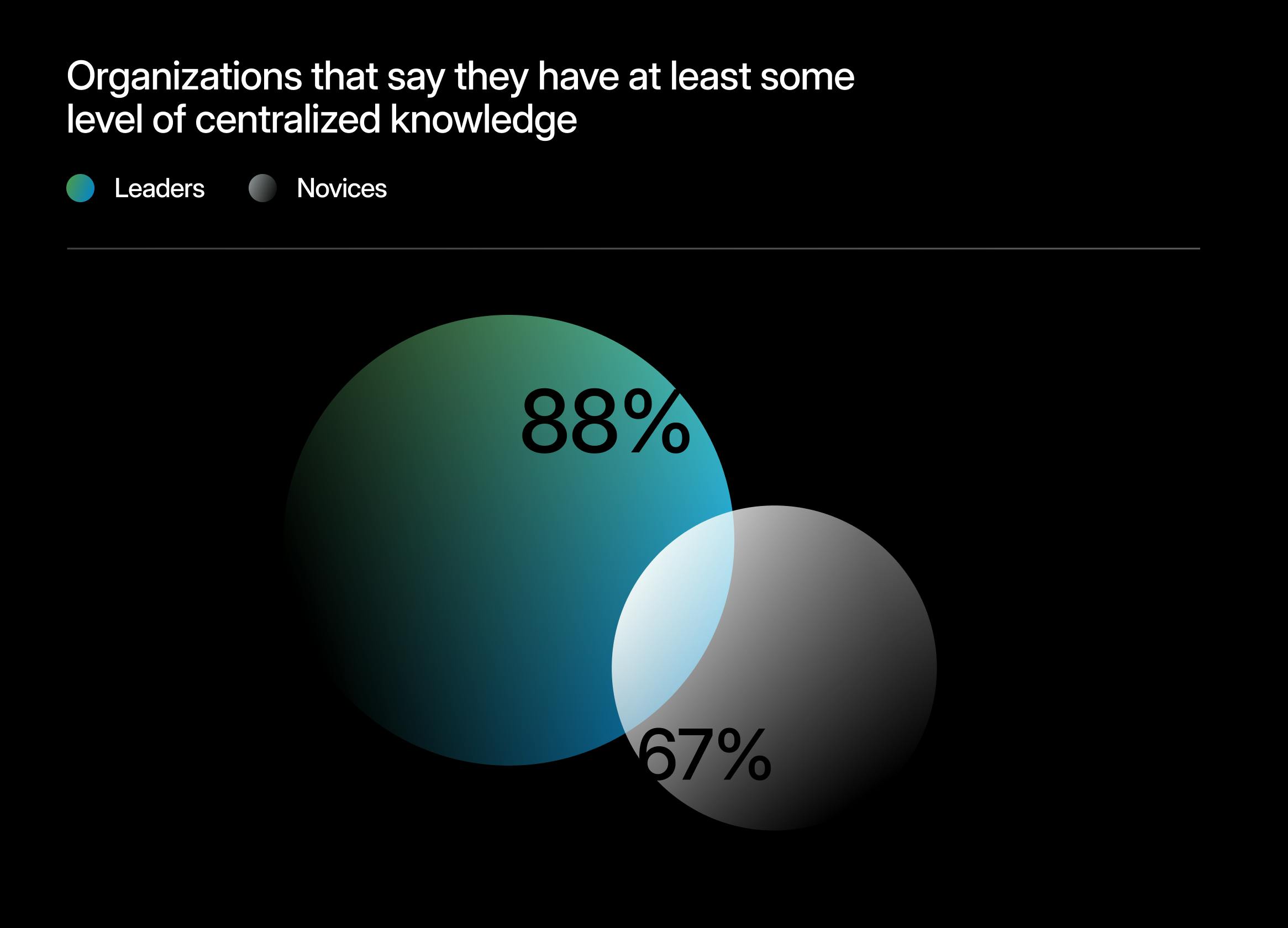
All in on AI
Leading organizations are 6x more likely to have fully deployed AI agents and 3x more likely to use AI across revenue functions.
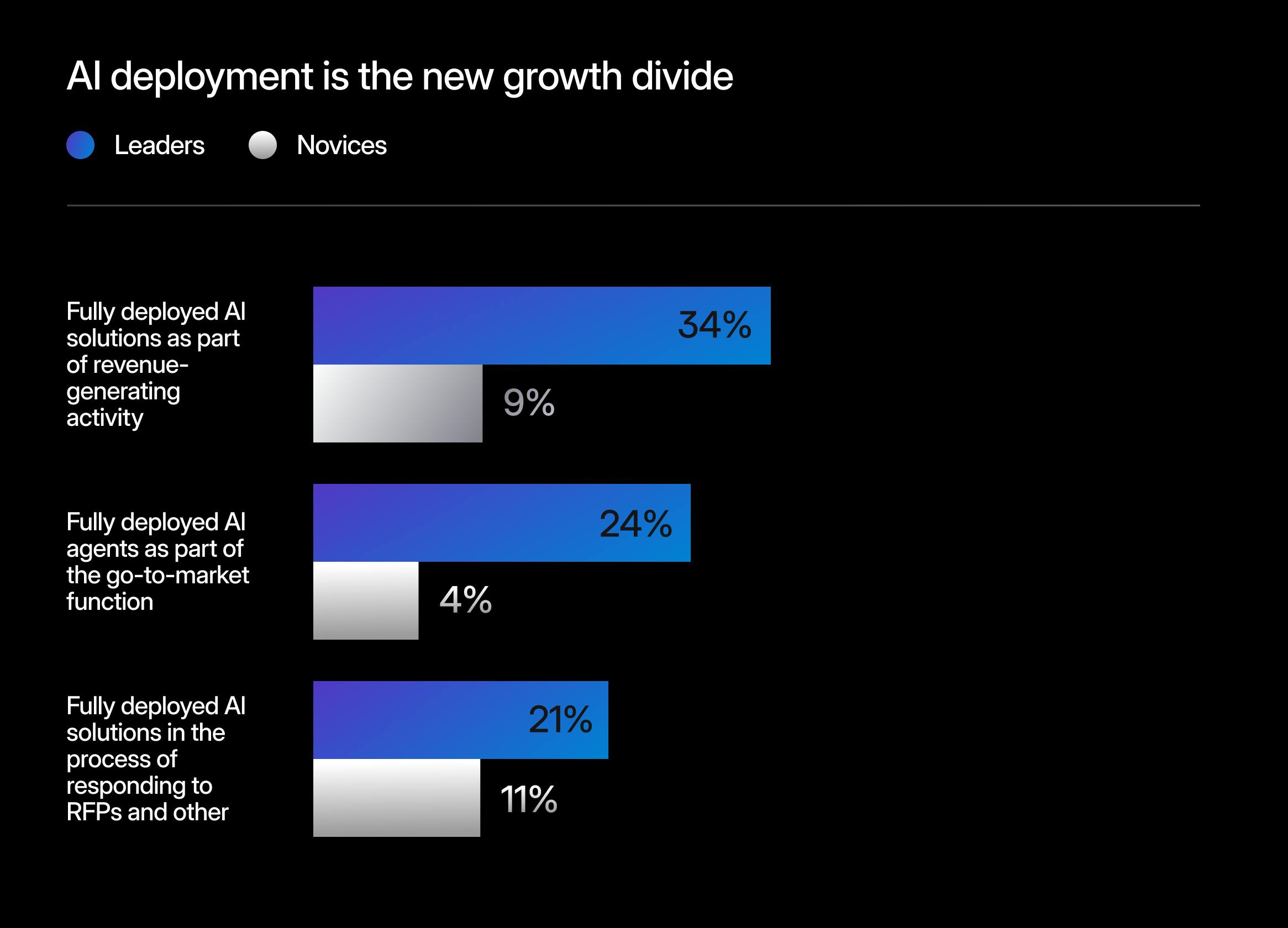
The new rules of buying
More than 75% say that buyers have tighter budgets, expect faster response times, and require a higher degree of personalization — raising the stakes for accuracy, customization, and speed.
AI isn’t replacing people — it’s elevating them
High-growth companies aren’t just betting on tech. They’re doubling down on their teams and are more than twice as likely to be scaling headcount alongside AI to move faster and win more.
The missed opportunity in knowledge sharing
88% of high-growth teams say they have some level of knowledge centralized, but only 29% of all teams report effectively democratizing knowledge through clear, self-service processes. Without defined ownership and on-demand access, organizations lose time, consistency, and deals.




Featuring insights from
industry leaders
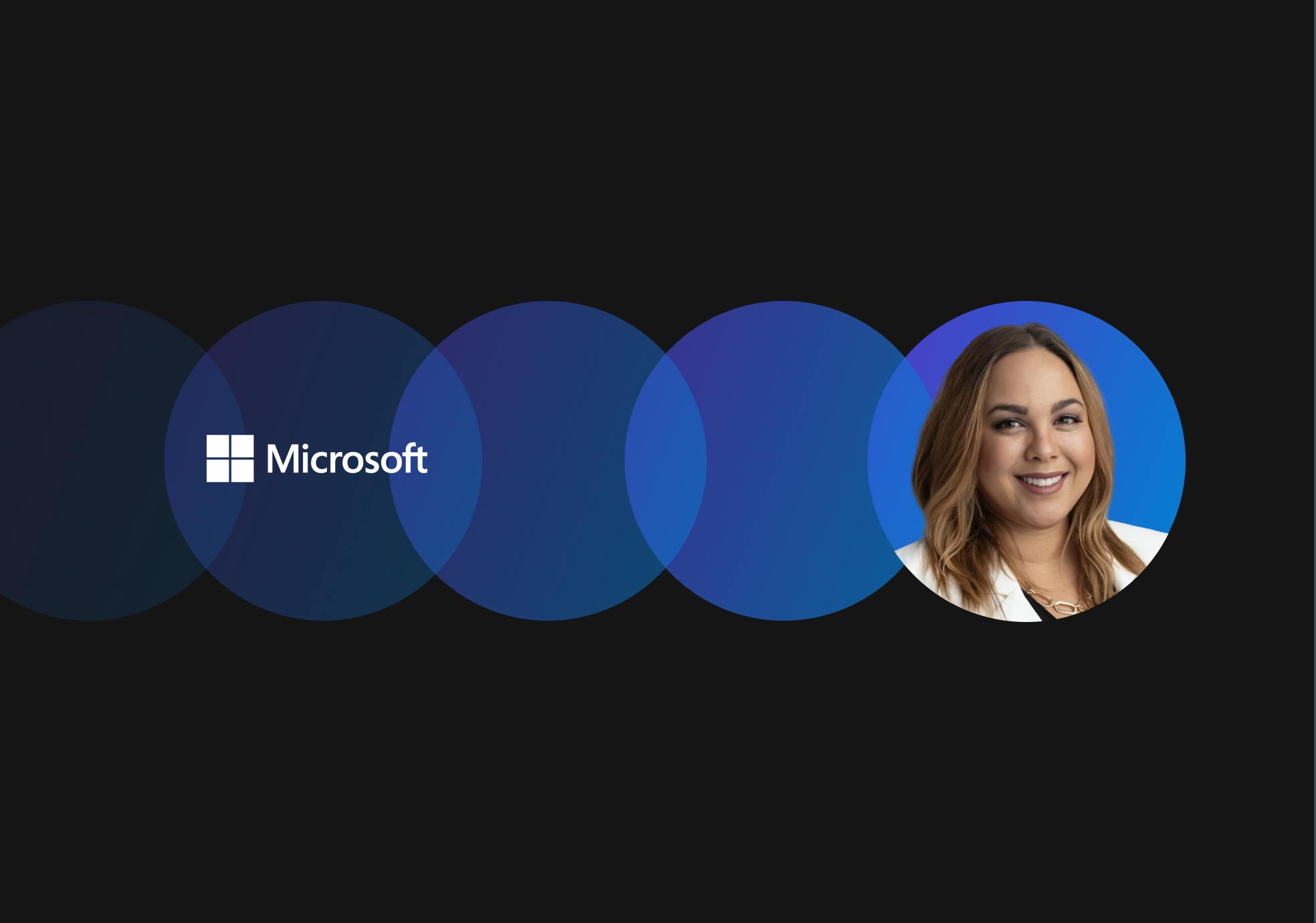
AI is here to stay, and the most successful proposal professionals will embrace that. People will need to feel just as comfortable prompting AI as they are writing content. Those who understand how to use AI responsibly and effectively — they’re the future leaders of this profession.
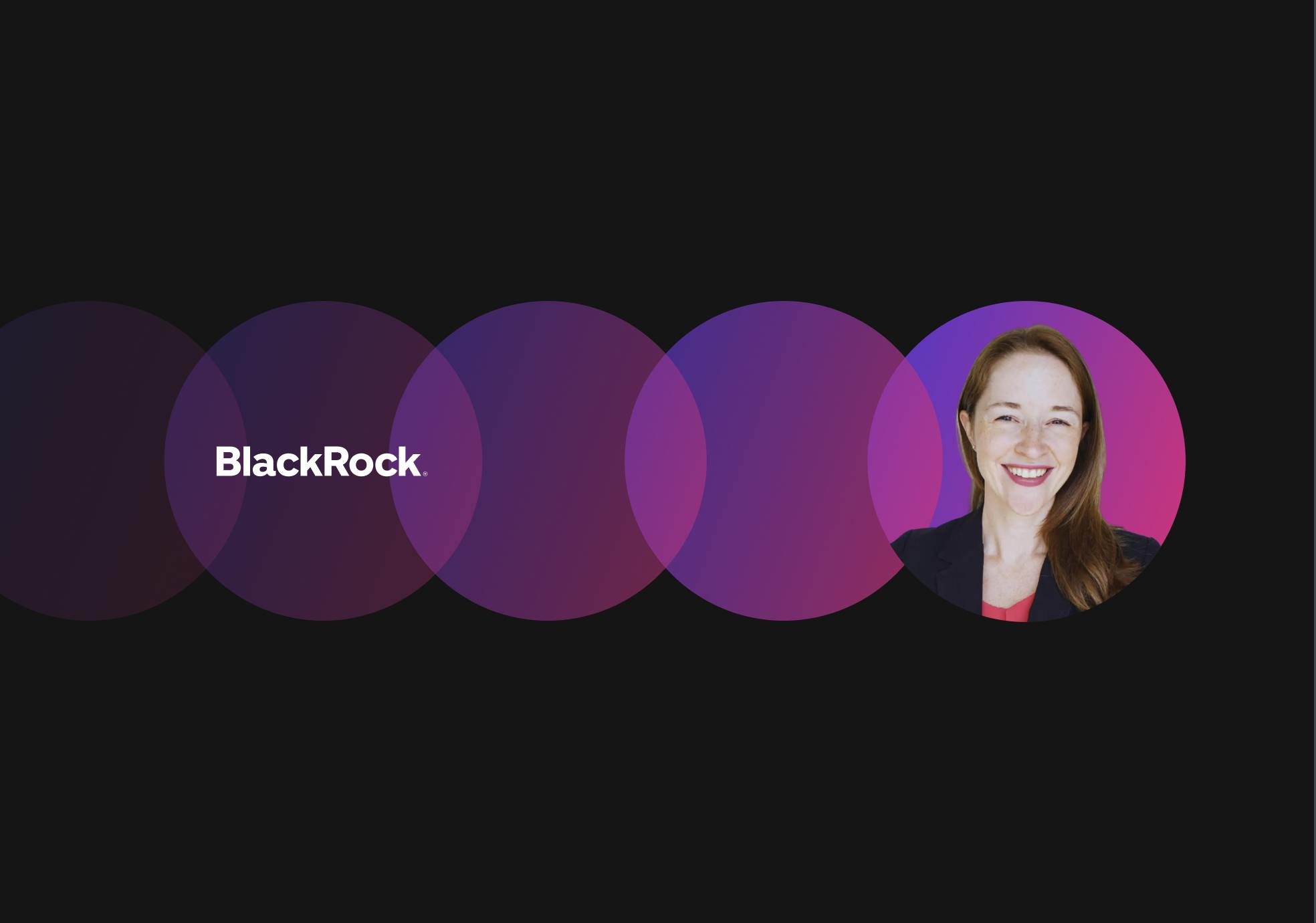
Change always comes with resistance. The key is finding your champions. Start small, show the data, and bring your allies in to help tell the story.
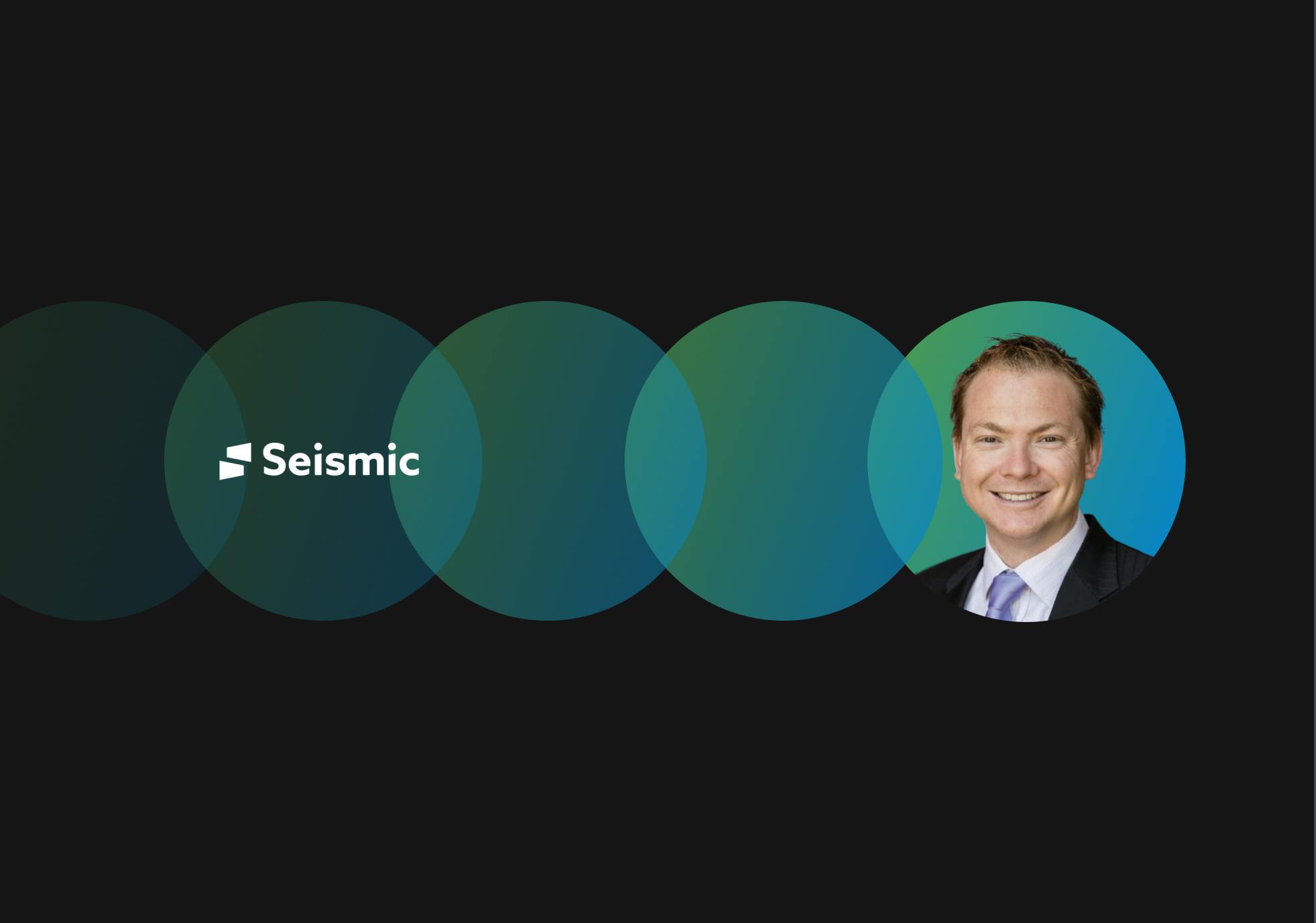
You can’t afford to wait. There’s no room for laggards. You have to lean in. AI is going to be a critical differentiator, and we’re treating it that way at Seismic. “AI in everything we do” is one of our actual company OKRs this year.

I see the bid manager role evolving into a facilitator, not just of projects, but of the AI environment itself. In the near future, bid managers will prompt effectively — maybe even build a GPT tailored to a specific customer or opportunity. It’s like setting up a working environment: you load in the documents, define context, and say, “Okay, this is the AI agent we’re going to work with for this bid.”
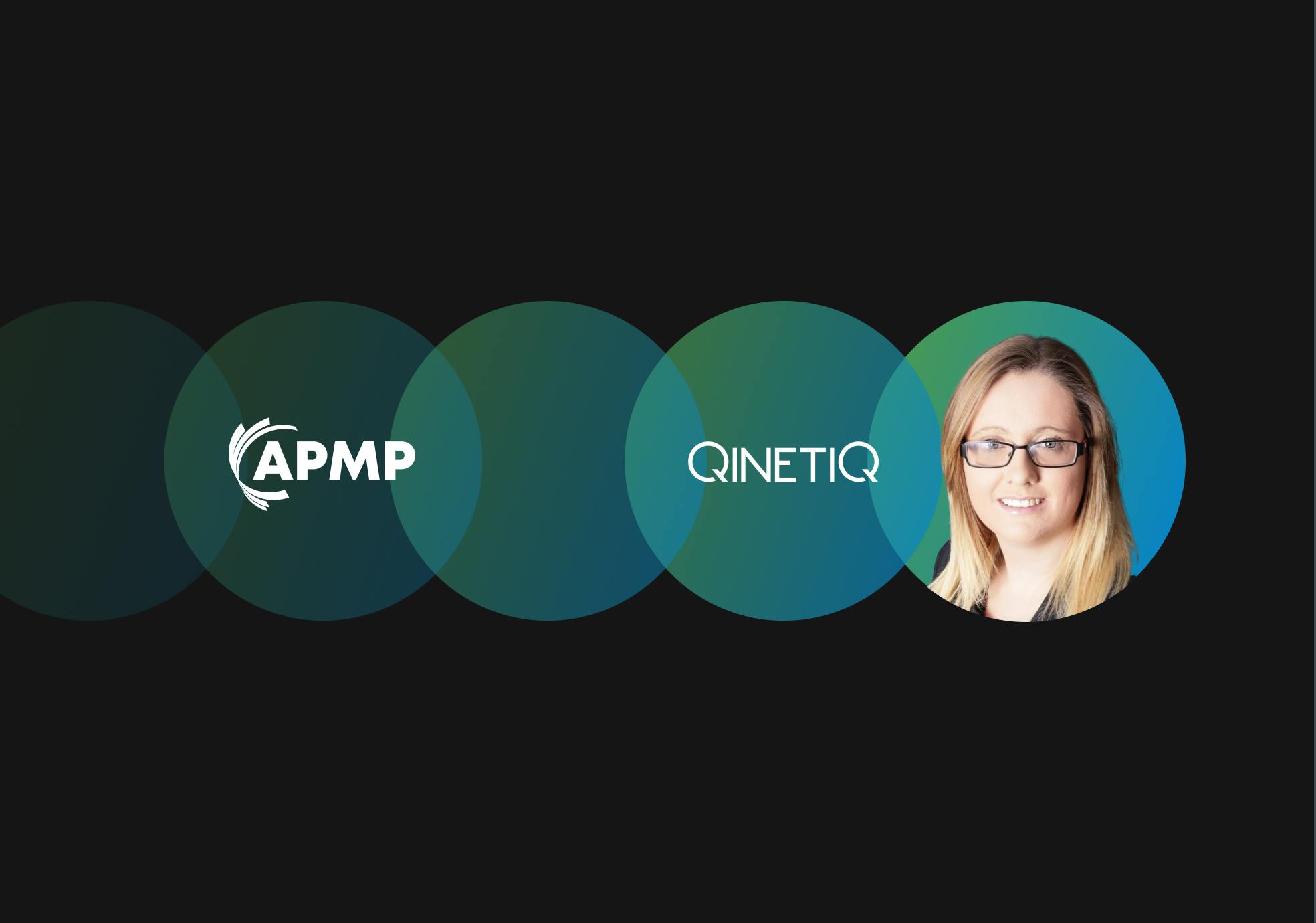
The people who will succeed are the ones who know how to collaborate, challenge assumptions, and guide the AI — not just use it. Emotional intelligence, curiosity, and critical thinking — those are the differentiators. And they are uniquely human skills that are rising in importance.

AI frees up our people to focus on what the buyer really cares about. We’ve been using AI to handle the setup work, and that’s taken about 30-40% off our proposal teams’ plates. That time is now spent engaging the buyer — following up, clarifying, customizing.

We used to brag about how late we stayed up, how many hours we worked — it was a badge of honor. But now, leaders are caring more for their teams, thinking about wellbeing and burnout. And that’s a good thing. If AI can help us be more selective, do better work, and avoid burnout, then that’s the version of adoption that actually sticks.
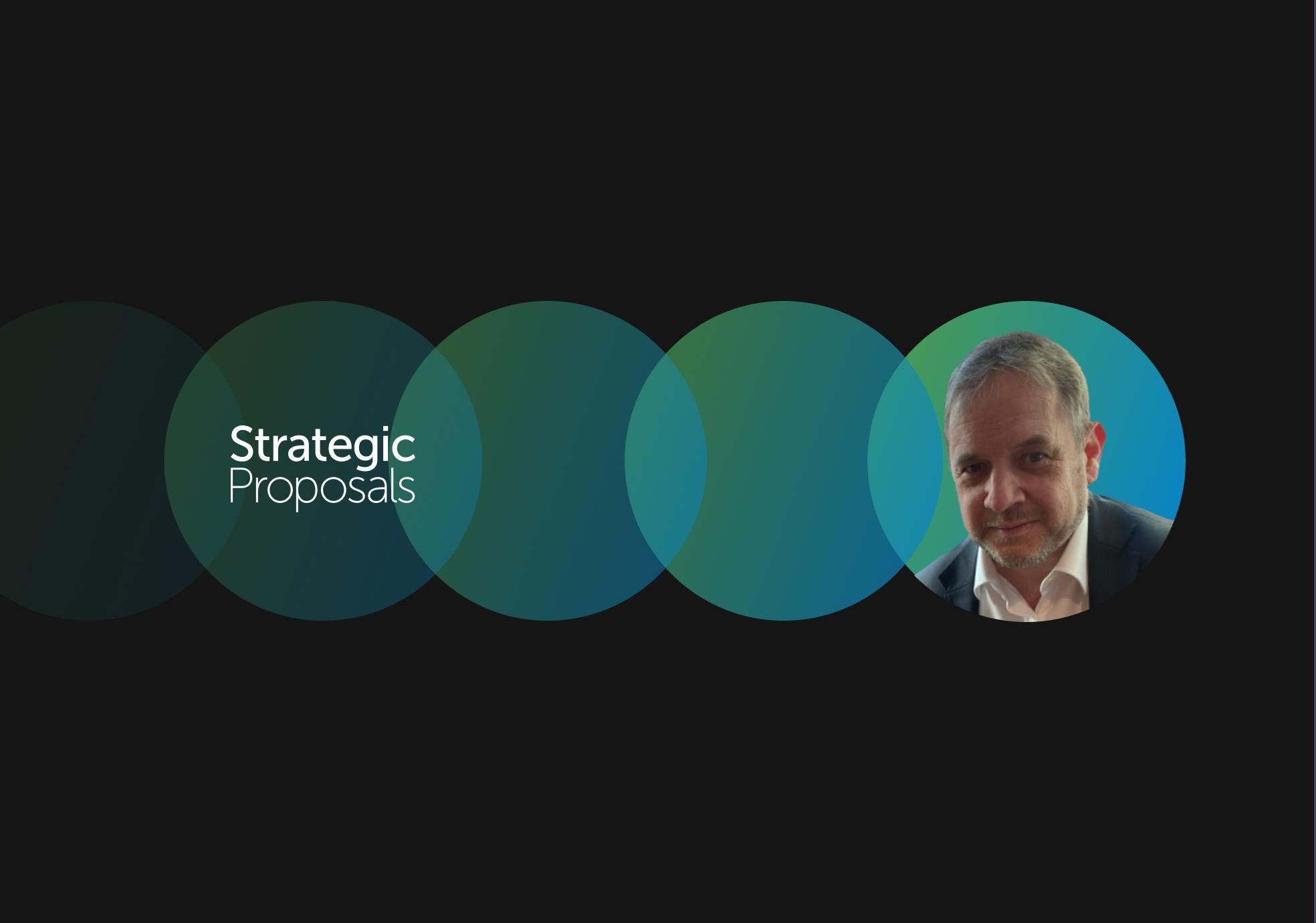
The real problem is that most bidding organizations are just tinkering with AI. They’re doing experiments here and there, but they haven’t really stepped back and asked, “What’s the strategy? What’s the goal?”

Be intentional. AI is not a magic button. It’s a partnership. You still need the human in the loop. You still need strategy, judgment, and creativity. But if you use AI in the right way, it gives you back time to do the work that really matters — and that’s where the impact is.

AI is here to stay, and the most successful proposal professionals will embrace that. People will need to feel just as comfortable prompting AI as they are writing content. Those who understand how to use AI responsibly and effectively — they’re the future leaders of this profession.

Change always comes with resistance. The key is finding your champions. Start small, show the data, and bring your allies in to help tell the story.

You can’t afford to wait. There’s no room for laggards. You have to lean in. AI is going to be a critical differentiator, and we’re treating it that way at Seismic. “AI in everything we do” is one of our actual company OKRs this year.

I see the bid manager role evolving into a facilitator, not just of projects, but of the AI environment itself. In the near future, bid managers will prompt effectively — maybe even build a GPT tailored to a specific customer or opportunity. It’s like setting up a working environment: you load in the documents, define context, and say, “Okay, this is the AI agent we’re going to work with for this bid.”
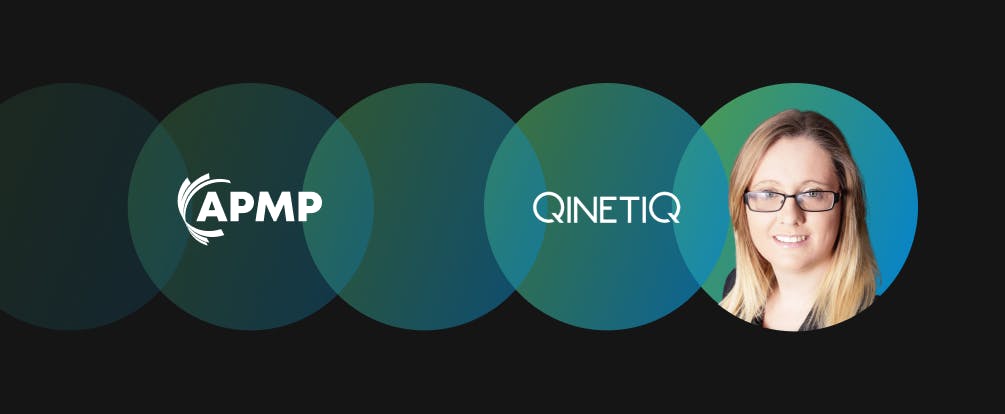
The people who will succeed are the ones who know how to collaborate, challenge assumptions, and guide the AI — not just use it. Emotional intelligence, curiosity, and critical thinking — those are the differentiators. And they are uniquely human skills that are rising in importance.

AI frees up our people to focus on what the buyer really cares about. We’ve been using AI to handle the setup work, and that’s taken about 30-40% off our proposal teams’ plates. That time is now spent engaging the buyer — following up, clarifying, customizing.

We used to brag about how late we stayed up, how many hours we worked — it was a badge of honor. But now, leaders are caring more for their teams, thinking about wellbeing and burnout. And that’s a good thing. If AI can help us be more selective, do better work, and avoid burnout, then that’s the version of adoption that actually sticks.
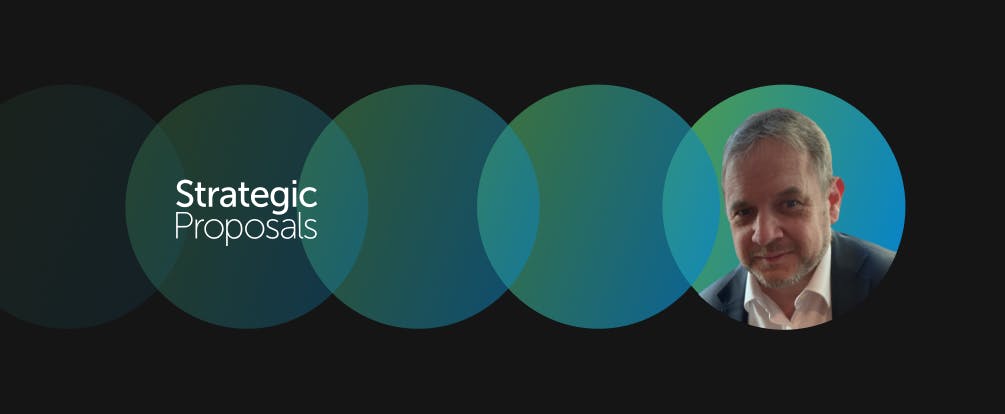
The real problem is that most bidding organizations are just tinkering with AI. They’re doing experiments here and there, but they haven’t really stepped back and asked, “What’s the strategy? What’s the goal?”

Be intentional. AI is not a magic button. It’s a partnership. You still need the human in the loop. You still need strategy, judgment, and creativity. But if you use AI in the right way, it gives you back time to do the work that really matters — and that’s where the impact is.
How does your organization stack up?
Take our 4-question quiz to see how you compare to top teams in the 2025 SRM Report — and find ways to level up.
Take the quiz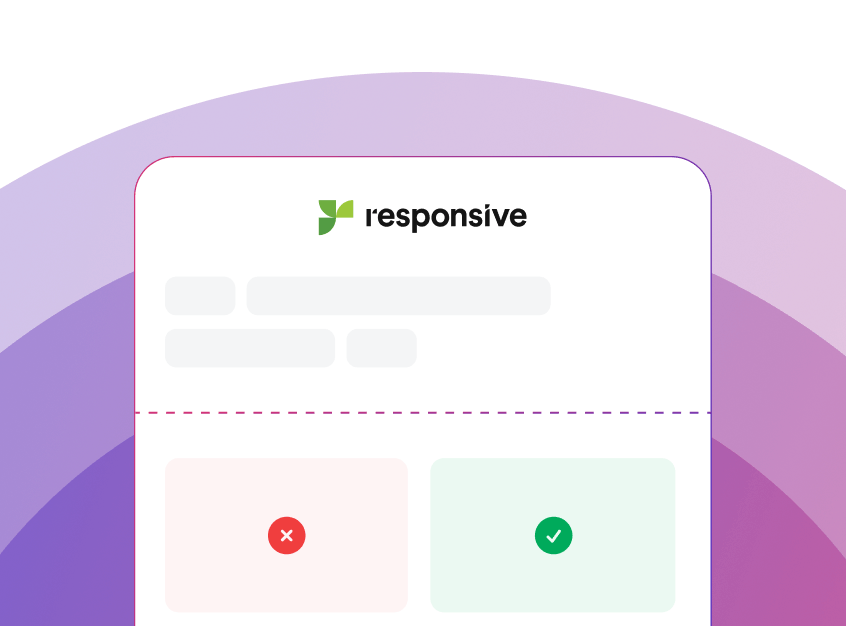
Explore SRM trends in the UK & Europe
See how AI and Strategic Response Management are reshaping revenue teams across the UK and Europe in our regional report.
Read the report
Financial Services Industry Report
Dive into the strategies firms are using to keep up with clients, complexity, and AI.
Read the report

By submitting, you agree to receive occasional marketing emails from us. You can unsubscribe at any time. View our Privacy Policy.




